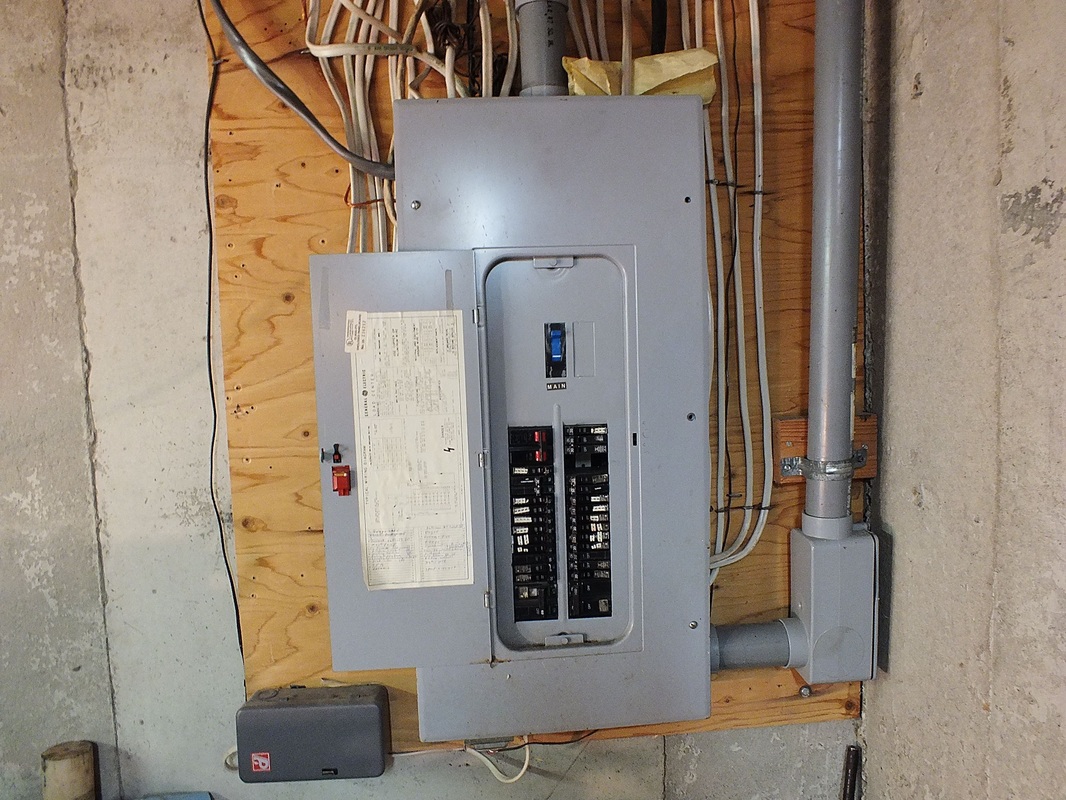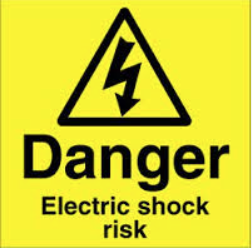- Home
- For the homeowner
- Safety
- Definitions
- Gas furnace
- Some error codes for gas furnaces
- Service sheet for the gas furnace
- gas furnace design
- The gas heat exchanger
- Dangerous conditions in gas furnaces
- Annual service of the gas furnace
- Repair procedures for gas furnaces
- Gas fireplace millivolt systems
- Oil furnace
- Setting gas input
- Quick tips for troubleshooting furnaces
- Troubleshoot
- Operation and troubleshoot furnace by manufacturer
- HVAC war stories blog
- Annual service of an oil furnace
- Oil furnace design
- Oil furnace troubleshoot
- Repair procedures for oil furnaces
- Gas code training
- Piping and connections
- FAG w pilot no fire
- Combustion analysis
- Electric furnace
- Air conditioner
- Refrigeration
- Heat Pump
- Boiler
- Ductwork design and troubleshoot
- Thermostats
- Diagnostic problems
- Tools
- Electric test meters
- Electrical diagram training
- Electrical symbols
- Single and 3 phase power systems
- Electric wiring solutions
- Transformer design and troubleshoot
- Electronic air cleaner
- Blowers and fans design & troubleshoot
- Humidity and humidifiers
- Furnace, Air Conditioner and part manuals
- Electric motors
- Run Capacitors
- Start capacitors
- Troubleshooting the capacitor
- Gas furnace short cycling
HVAC safety
The voltages are lethal and gasses used in these types of equipment are highly flammable.
Here are some tips to keep you safe.
.
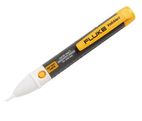
This is a non contact voltage tester. If voltage is present at a wire, moving this tester close to the wire (the wire can be insulated) will indicate its presence.
This little tool can save your life.
This little tool can save your life.
The video below covers how to use the non contact voltage detector.
Electrical safety is the most important of the safety issues we face in this industry.
What causes electrocution
Electricity is an energy form that can pass through any type of material if the voltage is high enough.
Your body can become a conductor of electricity if the voltage is high enough. What determines if you get a shock depends on several factors.
How far the electricity has to go through the body.
Such as if I touch one finger on an energized terminal and one of the other fingers of the same hand to another hand. The electricity has a very short distance to travel and thus has less resistance to overcome.
If I were to touch one finger to an energized terminal and one finger from the other hand to another energized terminal, the electricity would have much farther to travel and more resistance.
If the surface is wet. Water on the skin, especially sweat (sweat is salty and salty water is more conductive).
Type of clothing.
Gloves, shoe types, etc can affect how or whether you get shocked.
Voltage of the source.
Voltages below around 50 volts is usually considered safe. (With electricity you never know for sure if a voltage could be lethal)
Voltage of 120v can be lethal. 240v is much more likely to be lethal. 440v is even more so.
More coming.
Your body can become a conductor of electricity if the voltage is high enough. What determines if you get a shock depends on several factors.
How far the electricity has to go through the body.
Such as if I touch one finger on an energized terminal and one of the other fingers of the same hand to another hand. The electricity has a very short distance to travel and thus has less resistance to overcome.
If I were to touch one finger to an energized terminal and one finger from the other hand to another energized terminal, the electricity would have much farther to travel and more resistance.
If the surface is wet. Water on the skin, especially sweat (sweat is salty and salty water is more conductive).
Type of clothing.
Gloves, shoe types, etc can affect how or whether you get shocked.
Voltage of the source.
Voltages below around 50 volts is usually considered safe. (With electricity you never know for sure if a voltage could be lethal)
Voltage of 120v can be lethal. 240v is much more likely to be lethal. 440v is even more so.
More coming.
Multimeter
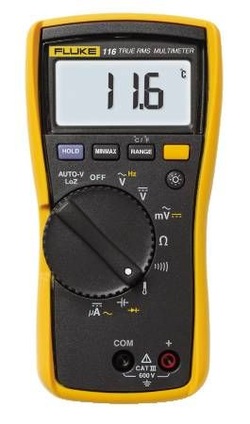
A voltmeter can be used to measure voltages and resistances.
This tool can also be used to find out if voltage is present.
This tool can also be used to find out if voltage is present.
Below is a video depicting a close call I had while working with a 440 volt circuit.
Natural gas and propane
Both of these gasses are highly flammable and explosive.
These gasses have no natural odor or color. To warn of the presence of these gasses, they are odorized. The smell is somewhat similar to sulphur dioxide (rotten eggs).
The gas is not poisonous, but will explode if in the right concentration and will displace oxygen in the air if in high concentration.
Thorough leak checks should be done if any piping that contains gas is opened.
If you smell gas, there is a leak.
These gasses have no natural odor or color. To warn of the presence of these gasses, they are odorized. The smell is somewhat similar to sulphur dioxide (rotten eggs).
The gas is not poisonous, but will explode if in the right concentration and will displace oxygen in the air if in high concentration.
Thorough leak checks should be done if any piping that contains gas is opened.
If you smell gas, there is a leak.
Gas Furnace Heat Exchangers
When working on Gas furnaces, there is a very real possibility of cracks in the heat exchanger. These cracks are potentially lethal as they may introduce carbon monoxide poisoning into the structure. All furnaces need to be checked when any service is done. See checking the heat exchanger. Home
Your browser does not support viewing this document. Click here to download the document.
The CO detector
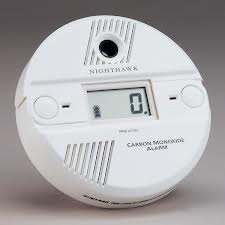
The CO detector is becoming a standard in homes and for good reason. CO, not CO2, is a highly poisonous gas. CO2 is not poisonous and is a percentage of normal atmosphere gasses.
CO can be produced by improperly operating gas furnaces. Detectors are becoming much more common for serviceman working on or servicing gas furnaces as a precaution to make sure there is no problem with the gas furnace. The detector on the left is a home detector that can be mounted as a smoke detector is mounted.
CO can be produced by improperly operating gas furnaces. Detectors are becoming much more common for serviceman working on or servicing gas furnaces as a precaution to make sure there is no problem with the gas furnace. The detector on the left is a home detector that can be mounted as a smoke detector is mounted.
Below is a video about using a commercial CO detector to find CO caused by a cracked heat exchanger.
